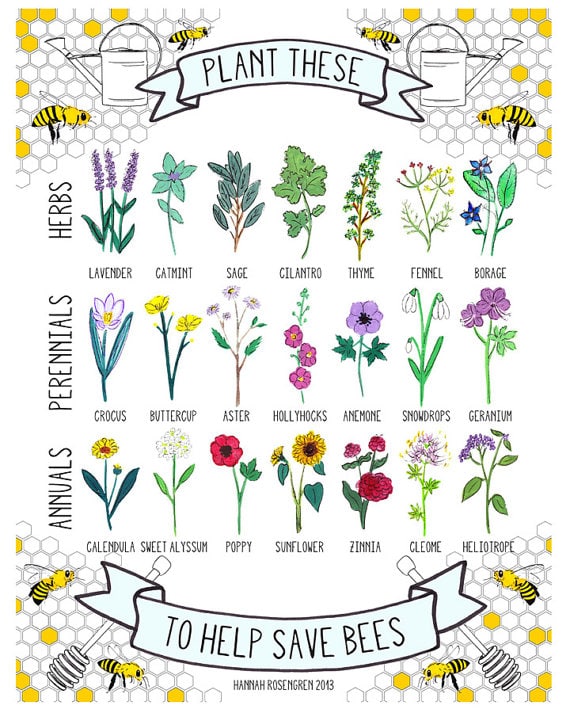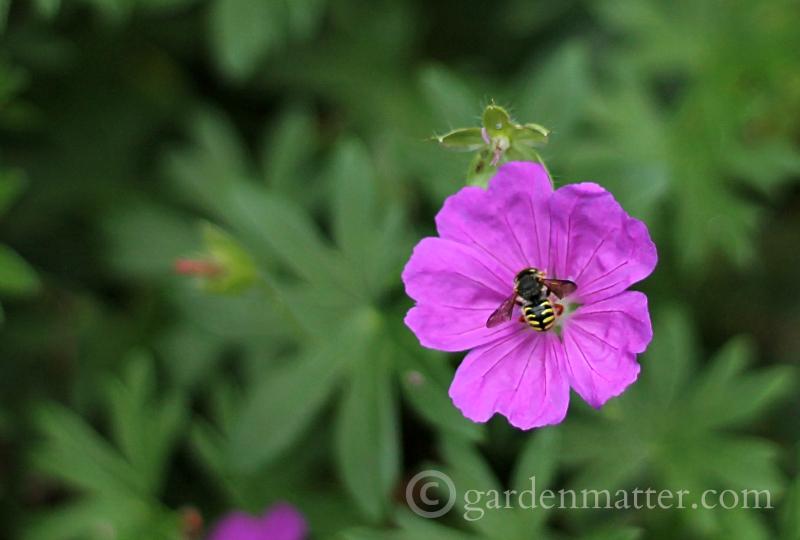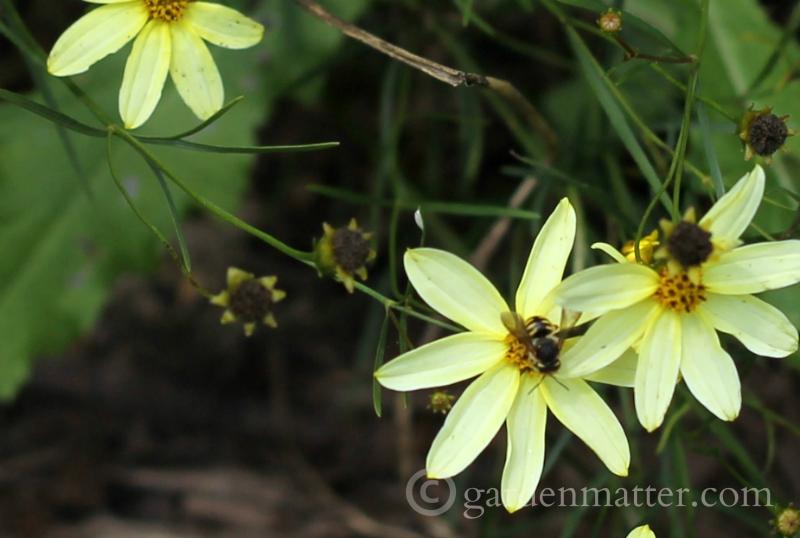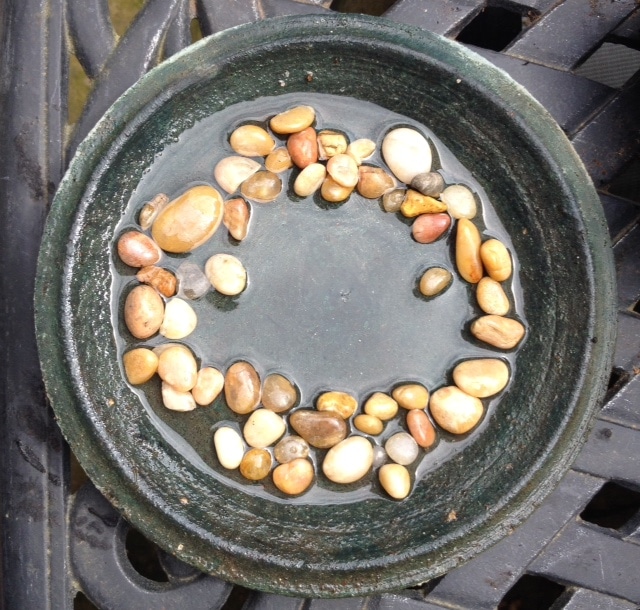Find out more about the honey bee crisis. There are several things the average homeowner can do to support all types of bees and other pollinators.
Have you heard about the missing bees? It seems that honey bees in the United States and Europe have been dying at an alarming rate. A condition called "colony collapse disorder," or CCD has left beekeepers in a lurch.
What’s Going On?
It appears that pesticides, disease and weather are to blame according to this Harvard Study.
Not Just Honeybees
Did you know that there are more than 25,000 species of bees in the world? Most of them are not honey bees or bumblebees but are wild bees or solitary bees that do not colonize in a group. That’s a good thing, but it does not help beekeepers produce honey, or farmers who bring in truck loads of bees every year from beekeepers to help pollinate their crops. Worse yet, some suspect that the wild bees and the bumblebee are also starting to decrease in number.
This post contains some affiliate links (that means if you make a purchase after clicking a link, there's no additional cost to you, but I will earn a very small commission.) Click here to read my full disclosure policy.
Why Is This a Bee Crisis?
Other than the simple fact that it is sad, maybe even scary to see a major species dying out, we really need these guys. Never mind the fact that no bees equals no honey; we also depend on bees to pollinate so much of our food. So many plants that produce fruit needs bees to pollinate its flowers. And I mean fruit in the plant sense which includes fruits, vegetables and nuts. Lastly, considering that our livestock is fed from these plants they are also affected which in turn affects our supply of meat and dairy.
Things We Can Do To Help
Plant Bee Friendly Plants
Bees enjoy plants that are rich in pollen and nectar. Heirloom and natives that are fragrant and have bright colors are good options to attract the bees. Check out this pretty poster from Etsy. It's a great graphic about how to attract bees to the garden.

Make a Bee Hotel
Tie a bunch of bamboo or hollow sticks together or drill holes in a block of wood for wild bees to nest in. Find out how you can make one here. You can also buy one online.
Create a Bee Bath
Set out a swallow dish with fresh water, or simply place some stones in your birdbath so that the bees have something to stand on while they drink.
Become a Beekeeper
Beekeeping is an affordable hobby that doesn't take much more time than vegetable gardening and is so rewarding. Check out this article about a passionate beekeeper here. Here’s a starter kit that has everything you need.
Avoid Pesticides
Shop at a local nursery if possible and check to see if they use pesticides on their plants.
So now that you know more about our bee crisis, spread the word. This story would make for a perfect conversation starter at your next get-together. And dare I say, everyone will think you are "The Bees Knees."
You May Also Like:
Rolled Beeswax Candles: A Fresh Natural Handmade Gift
Pruning Perennials: During the Fall or Spring?
5 Garden Trends That Will Quickly Get You Into The Spirit









Janet
I am very alarmed by this. I am still waiting on need to visit my garden this year. I haven't seen honey bees in a couple of years. Last year I only saw bumble bees. This year I have only seen a couple of those. They came out early before a cold snap and were very sluggish.
Patti Estep
It is a concern Janet. I seem to see more bumbles than honey bees too.
Karen
I'm probably strange, but even as a child (who did indeed get a few stings) I loved the sound of bees humming in the garden and grasses. Of course I didn't understand just how vital they were to our food supply back then, but now I appreciate - and welcome - them in my own gardens. Thank you for sharing this information. It's something I've read about over the past few years, and understand it's becoming quite a problem. Yet another reason to grow a natural garden! 🙂
Patti Estep
Thanks Karen. I agree hopefully if we all spread the word the we can help with the problem.
Lidia
Thanks for the information and the useful suggestions to help. Lidia
Jessica @ Independent Travel Cats
I am allergic to bees but still understand their importance! Hopefully their numbers improve.
Patti
My husband is too. We make sure his epi pens are up to date. Thanks for stopping by Jessica.
Madaline
Love the idea of the little bee bath and l love the illustration of what to plant ! I don't really like bee's but I ADORE what they do!
Patti
Hi Madaline,
I'm sure they get some bees in Rome but so far I'm happy to report that they are kicking here in the Pennsylvania suburbs. Have a great week and thanks for stopping by!
Charlie@Seattle Trekker
I am very alarmed by the drop in the number of bees; the loss of pollinators is a huge problem on so many levels. I watch my garden every year to gauge how they are doing.
Patti
So far we are still seeing a fair number of bees here but it's definitely a concern. Thanks for your comment.